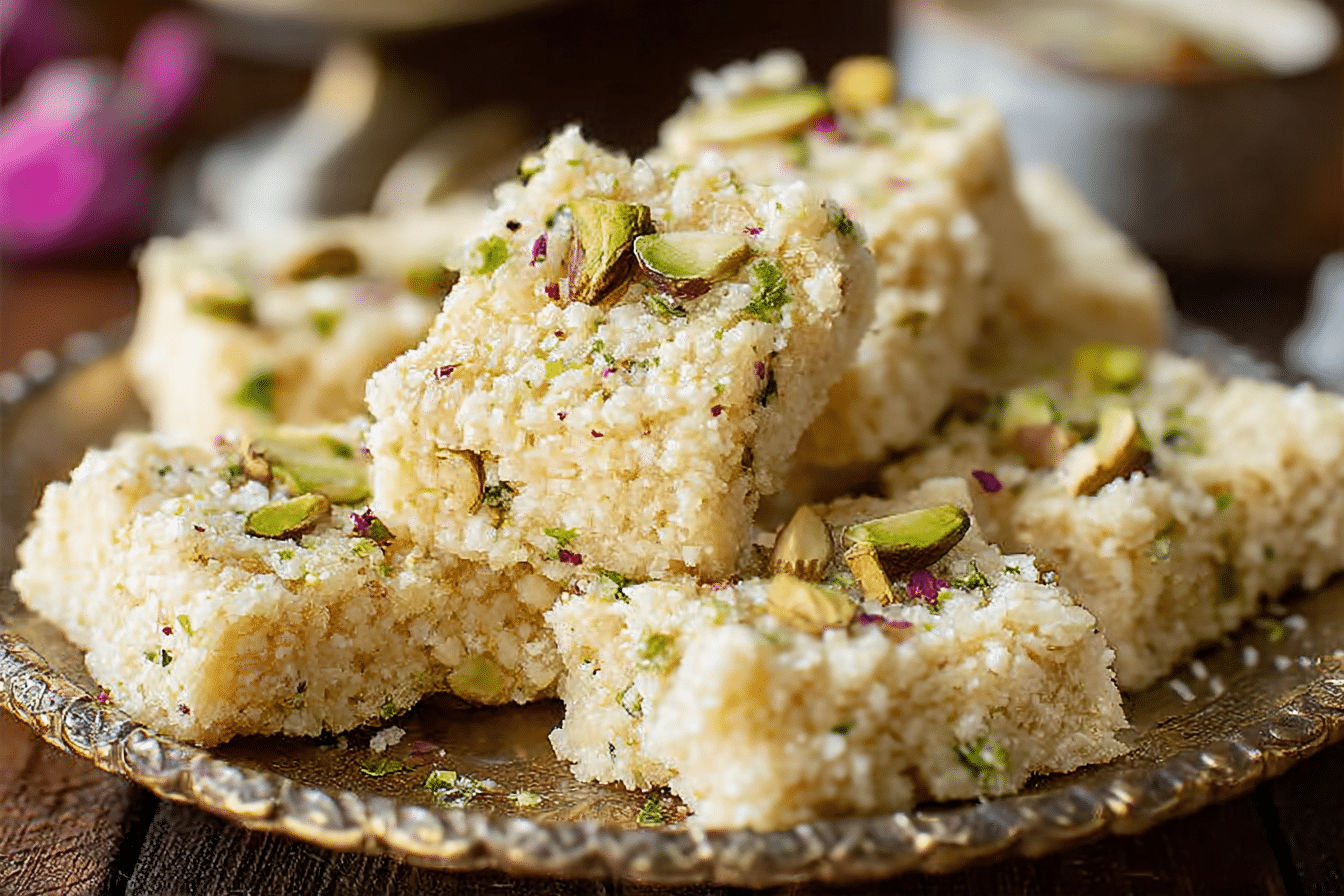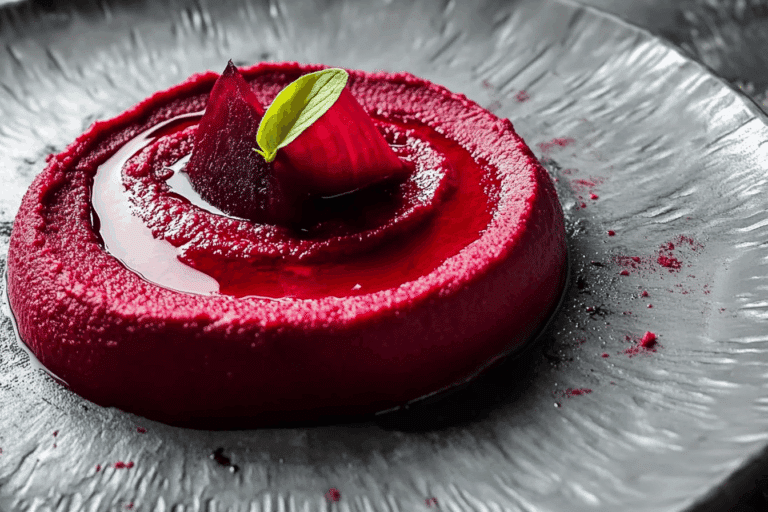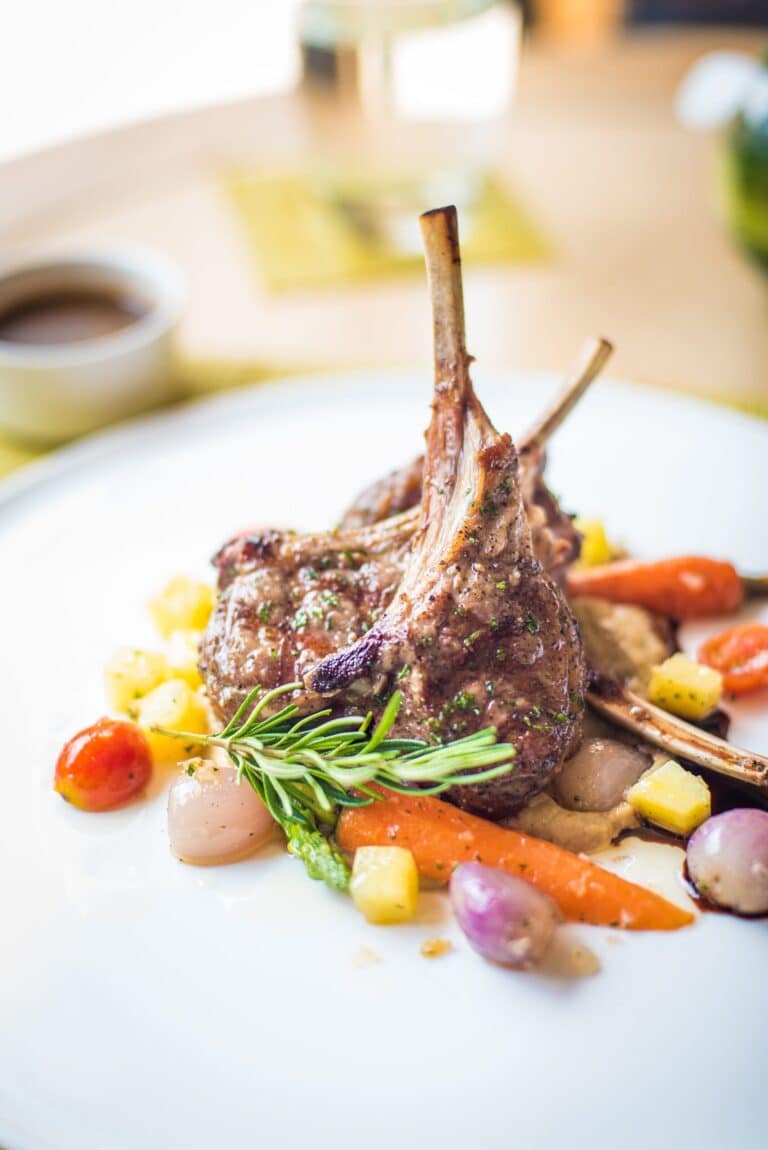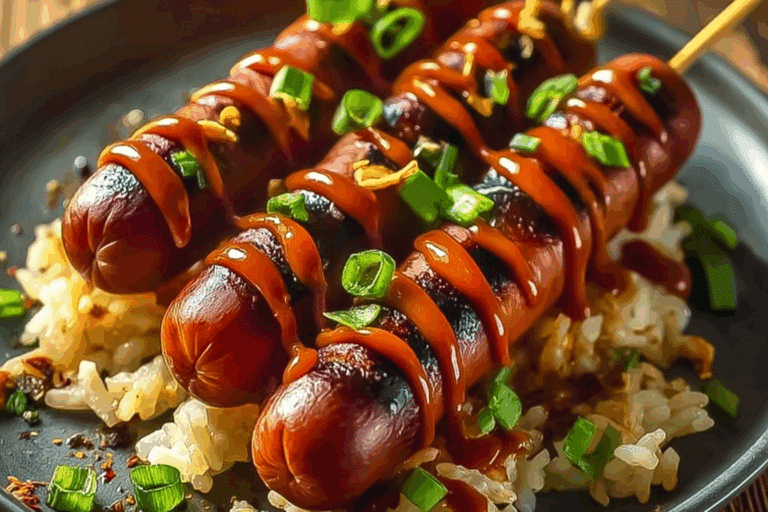Kalakand
There’s something undeniably magical about the aroma of simmering milk and the gentle sweetness that floats through the air when making Kalakand. This rich, milky Indian sweet is a festival favorite, loved for its crumbly texture and melt-in-your-mouth experience. Whether it’s Diwali, Raksha Bandhan, or a spontaneous sweet craving, Kalakand brings a touch of celebration to every bite.
Behind the Recipe
I remember standing beside my grandmother, mesmerized by her effortless grace as she stirred the milk until it thickened, all while humming her favorite bhajan. The fragrance of cardamom, the clink of her ladle against the pan, and the joy of licking the spoon—these are my earliest memories of Kalakand. This recipe is my tribute to those simpler times, crafted with a modern twist to make it accessible yet just as soulful.
Recipe Origin or Trivia
Kalakand traces its origins to Alwar in Rajasthan, a city known for its dairy delights. Traditionally made by reducing milk over a long period, it symbolizes patience and celebration. It’s often offered in temples, served at weddings, and gifted during festivals. The word “kala” means art, and “kand” means sweet—together, Kalakand is quite literally the art of sweetness.
Why You’ll Love Kalakand
This sweet treat isn’t just delicious, it’s also incredibly rewarding to make. Here’s why:
Versatile: Serve it at celebrations, as a festive gift, or just a midweek indulgence. It fits every occasion.
Budget-Friendly: Made mostly with milk and pantry staples, Kalakand is high on taste and low on cost.
Quick and Easy: Thanks to shortcuts like condensed milk and paneer, it comes together faster than traditional versions.
Customizable: Add nuts, saffron, rose water, or even a chocolate twist to suit your taste.
Crowd-Pleasing: Its delicate sweetness and milky richness win hearts of all ages.
Make-Ahead Friendly: Prepare a day in advance and refrigerate—it actually tastes better the next day.
Great for Leftovers: Leftovers stay moist and flavorful for days when stored properly.
Chef’s Pro Tips for Perfect Results
Crafting perfect Kalakand is all about texture, timing, and flavor. Here’s how to nail it:
- Use fresh paneer: Homemade or store-bought, just make sure it’s soft and crumbly.
- Don’t overcook: Stop once the mixture leaves the pan and starts to hold shape. Overcooking dries it out.
- Stir constantly: This prevents sticking and ensures even cooking.
- Use a heavy-bottomed pan: It helps maintain even heat and avoids scorching.
- Let it set fully: Give it time to cool and firm up before slicing into squares.
Kitchen Tools You’ll Need
Creating Kalakand doesn’t require fancy tools, just a few kitchen basics:
Heavy-Bottomed Pan: Essential for slow cooking and preventing burns.
Wooden Spoon or Silicone Spatula: Perfect for constant stirring and scraping the sides clean.
Mixing Bowl: To crumble paneer and mix ingredients beforehand.
Measuring Cups and Spoons: For accuracy in balancing sweetness and consistency.
Tray or Plate: Greased, to set the Kalakand once cooked.
Knife or Dough Scraper: For clean and precise cuts once the sweet is set.
Ingredients in Kalakand
The beauty of Kalakand lies in its simplicity. Just a few ingredients come together in perfect harmony to create this luscious sweet.
Sweetened Condensed Milk: 400 grams (1 can) – Gives sweetness and reduces cooking time drastically.
Paneer: 250 grams – Provides the grainy texture and richness typical of Kalakand.
Cardamom Powder: 1 teaspoon – Adds a warm, aromatic depth.
Ghee: 1 tablespoon – Helps with smooth cooking and adds flavor.
Chopped Pistachios: 1 tablespoon – For garnishing and added crunch.
Chopped Almonds: 1 tablespoon – Adds nutty flavor and texture.
Rose Water (optional): 1 teaspoon – A floral note that enhances aroma.
Ingredient Substitutions
Sometimes the pantry runs low. Here are some easy swaps:
Paneer: Ricotta cheese (drained well).
Condensed Milk: Evaporated milk + sugar, though consistency may vary.
Ghee: Unsalted butter.
Cardamom Powder: Ground cinnamon for a different twist.
Nuts: Cashews or walnuts in place of pistachios and almonds.
Ingredient Spotlight
Paneer: This Indian cottage cheese is the soul of Kalakand. Its soft, crumbly texture creates the distinct graininess that makes each bite melt beautifully.
Cardamom Powder: Just a pinch lifts the entire dish, offering a signature sweet-spice that lingers on the tongue and in memory.

Instructions for Making Kalakand
Let’s get started on this delicious journey to make Kalakand from scratch. You’re just a few steps away from pure milky magic.
1. Preheat Your Equipment:
Grease a small tray or plate with ghee and keep it ready for pouring the mixture later.
2. Combine Ingredients:
In a large pan, mix together the crumbled paneer and condensed milk. Stir until well combined.
3. Prepare Your Cooking Vessel:
Place the pan over medium-low heat. Stir the mixture continuously to prevent it from sticking.
4. Assemble the Dish:
As the mixture thickens, add cardamom powder and ghee. Stir well and continue cooking until the mixture starts to leave the sides of the pan.
5. Cook to Perfection:
Once it reaches a thick, fudge-like consistency, remove from heat. Pour it immediately into the greased tray.
6. Finishing Touches:
Flatten the top with a spatula. Sprinkle chopped pistachios and almonds on top, pressing them lightly so they stick.
7. Serve and Enjoy:
Let it cool completely. Once set, cut into squares and enjoy the creamy, nutty delight.
Texture & Flavor Secrets
Kalakand has a signature texture—soft yet grainy, creamy yet not overly rich. The paneer brings a delightful crumb, while condensed milk smooths it out. The cardamom infuses a warming aroma that plays perfectly against the milkiness, and the nuts add just the right amount of crunch to break the softness.
Cooking Tips & Tricks
- Use fresh paneer to avoid rubbery texture.
- Don’t skip the ghee—it enhances flavor and helps the mixture bind.
- Let it cool fully before slicing to avoid crumbly edges.
- Store in airtight containers to retain freshness and texture.
What to Avoid
- Avoid high heat: It can cause the milk to burn and turn bitter.
- Don’t use too much paneer: It can overpower the balance of texture.
- Avoid over-stirring once thickened: It can dry out the sweet.
Nutrition Facts
Servings: 12
Calories per serving: 220
Note: These are approximate values.
Preparation Time
Prep Time: 10 minutes
Cook Time: 25 minutes
Total Time: 35 minutes
Make-Ahead and Storage Tips
Kalakand can be prepared a day in advance and stored in the fridge. It tastes even better the next day as flavors meld. To store, use an airtight container. It keeps fresh for up to 4–5 days. Avoid freezing as it alters texture. If reheating, microwave lightly just before serving.
How to Serve Kalakand
Serve Kalakand chilled or at room temperature on festive trays, garnished with silver leaf for elegance. Pair it with masala chai or as a sweet finale to an Indian thali. For a modern touch, serve in dessert cups with a drizzle of rose syrup.
Creative Leftover Transformations
Got leftover Kalakand? Try these fun ideas:
- Kalakand Parfait: Layer with whipped cream and fruits.
- Stuffed Paratha: Mash and use as a filling for sweet flatbreads.
- Kalakand Milkshake: Blend with milk and a scoop of vanilla ice cream.
Additional Tips
- Use full-fat paneer for the richest flavor.
- Add a few saffron strands for royal color and aroma.
- A pinch of salt can enhance sweetness subtly.
Make It a Showstopper
- Press edible silver leaf (varak) on top for a festive look.
- Cut into clean diamonds or hearts using cookie cutters.
- Serve on a decorative silver tray for that regal presentation.
Variations to Try
- Chocolate Kalakand: Mix in cocoa powder for a chocolaty twist.
- Rose Kalakand: Add rose syrup and dried rose petals.
- Saffron Kalakand: Infuse saffron strands soaked in warm milk.
- Mango Kalakand: Add mango pulp for a fruity flavor.
- Nutty Kalakand: Add mixed nuts for extra crunch and richness.
FAQ’s
Q1. Can I use store-bought paneer?
Yes, just ensure it’s soft and not too dry. Crumble it well before using.
Q2. Can I make Kalakand without condensed milk?
You can, but it requires more time to reduce regular milk and sugar.
Q3. How do I know when the mixture is ready?
It’s ready when it thickens and starts leaving the sides of the pan.
Q4. Can I use flavored paneer?
Plain paneer works best, flavored versions may overpower the dish.
Q5. Why is my Kalakand too soft?
It may need more cooking time to reach the right consistency.
Q6. How long can I store Kalakand?
It stays fresh in the fridge for 4–5 days in an airtight container.
Q7. Can I freeze Kalakand?
Freezing is not recommended as it affects texture and taste.
Q8. Can I use non-dairy milk?
Traditional Kalakand relies on dairy, so substitutions may affect flavor.
Q9. Is Kalakand gluten-free?
Yes, it is naturally gluten-free.
Q10. Can kids eat Kalakand?
Absolutely, just ensure it’s made with fresh ingredients and moderate sweetness.
Conclusion
So there you have it—your guide to making the most irresistible Kalakand at home. Creamy, crumbly, and infused with tradition, this sweet dish is more than just a dessert, it’s a bite of celebration. Trust me, you’re going to love this. Ready to make your kitchen smell like a sweet shop?
Print
Kalakand
- Prep Time: 10 minutes
- Cook Time: 25 minutes
- Total Time: 35 minutes
- Yield: 12 pieces
- Category: Dessert
- Method: Stovetop
- Cuisine: Indian
- Diet: Vegetarian
Description
Creamy, crumbly, and delicately sweet, Kalakand is a classic Indian milk cake made with paneer and condensed milk. Perfect for festive occasions or as a delightful treat any day.
Ingredients
- Sweetened Condensed Milk: 400 grams (1 can) – Gives sweetness and reduces cooking time drastically.
- Paneer: 250 grams – Provides the grainy texture and richness typical of Kalakand.
- Cardamom Powder: 1 teaspoon – Adds a warm, aromatic depth.
- Ghee: 1 tablespoon – Helps with smooth cooking and adds flavor.
- Chopped Pistachios: 1 tablespoon – For garnishing and added crunch.
- Chopped Almonds: 1 tablespoon – Adds nutty flavor and texture.
- Rose Water (optional): 1 teaspoon – A floral note that enhances aroma.
Instructions
- Preheat Your Equipment: Grease a small tray or plate with ghee and keep it ready for pouring the mixture later.
- Combine Ingredients: In a large pan, mix together the crumbled paneer and condensed milk. Stir until well combined.
- Prepare Your Cooking Vessel: Place the pan over medium-low heat. Stir the mixture continuously to prevent it from sticking.
- Assemble the Dish: As the mixture thickens, add cardamom powder and ghee. Stir well and continue cooking until the mixture starts to leave the sides of the pan.
- Cook to Perfection: Once it reaches a thick, fudge-like consistency, remove from heat. Pour it immediately into the greased tray.
- Finishing Touches: Flatten the top with a spatula. Sprinkle chopped pistachios and almonds on top, pressing them lightly so they stick.
- Serve and Enjoy: Let it cool completely. Once set, cut into squares and enjoy the creamy, nutty delight.
Notes
- Use full-fat paneer for the richest flavor.
- Add a few saffron strands for royal color and aroma.
- A pinch of salt can subtly enhance sweetness.
- Store in airtight containers to retain freshness and texture.
Nutrition
- Serving Size: 1 piece
- Calories: 220
- Sugar: 20g
- Sodium: 60mg
- Fat: 12g
- Saturated Fat: 7g
- Unsaturated Fat: 4g
- Trans Fat: 0g
- Carbohydrates: 22g
- Fiber: 0.5g
- Protein: 6g
- Cholesterol: 25mg
Keywords: Kalakand, Indian sweet, paneer dessert, milk cake, Diwali sweets







